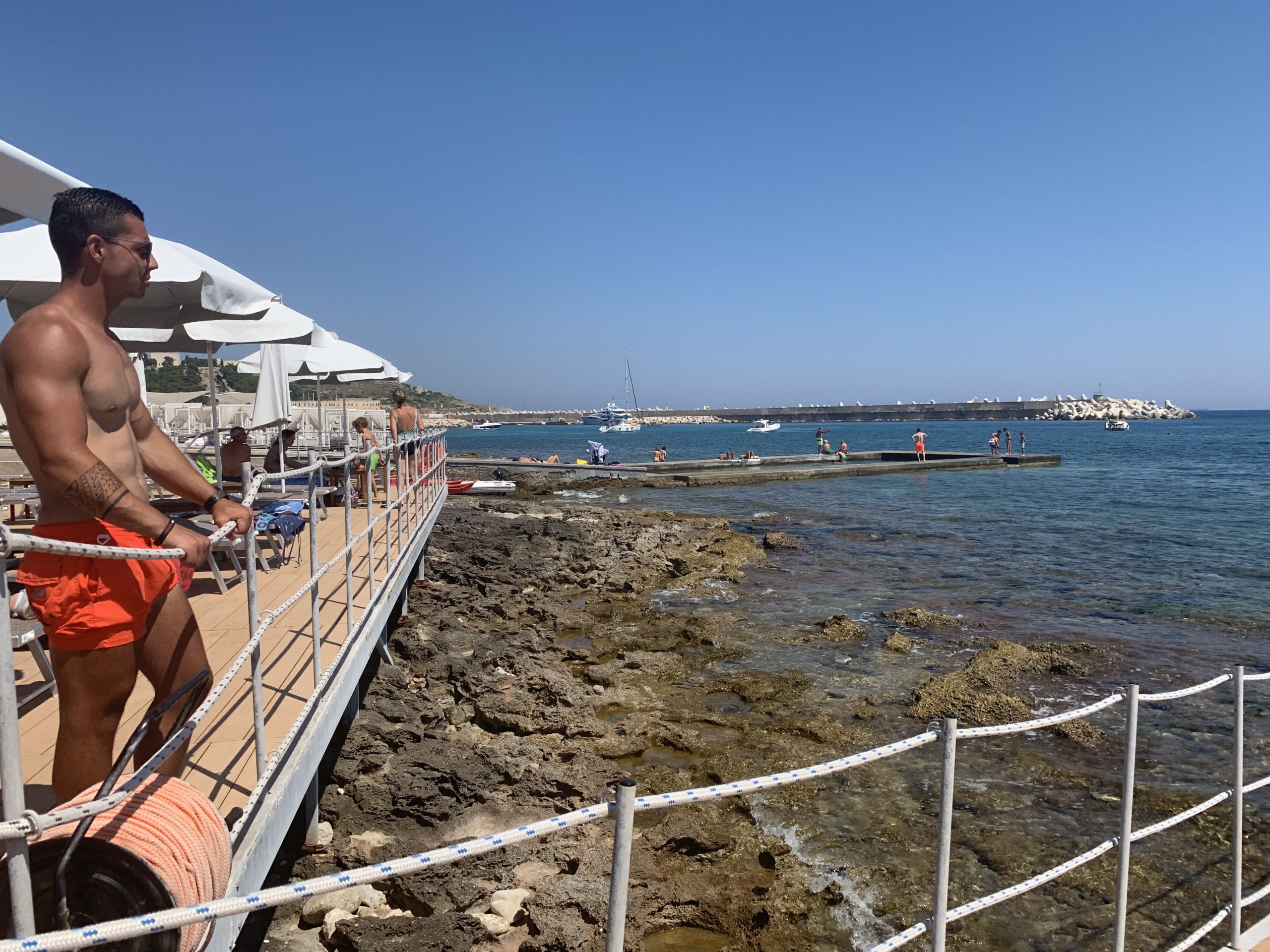Santa Maria di Leuca sits on the southernmost extreme of the heel of Italy’s boot. De Finibus Terrae - land’s end, and to Romans the end of the world - offers a rare spectacle. Leuca is where you can watch the sun rise over the turquoise blue waters of the Adriatic sea and set behind the deep blue hues of the Ionian.
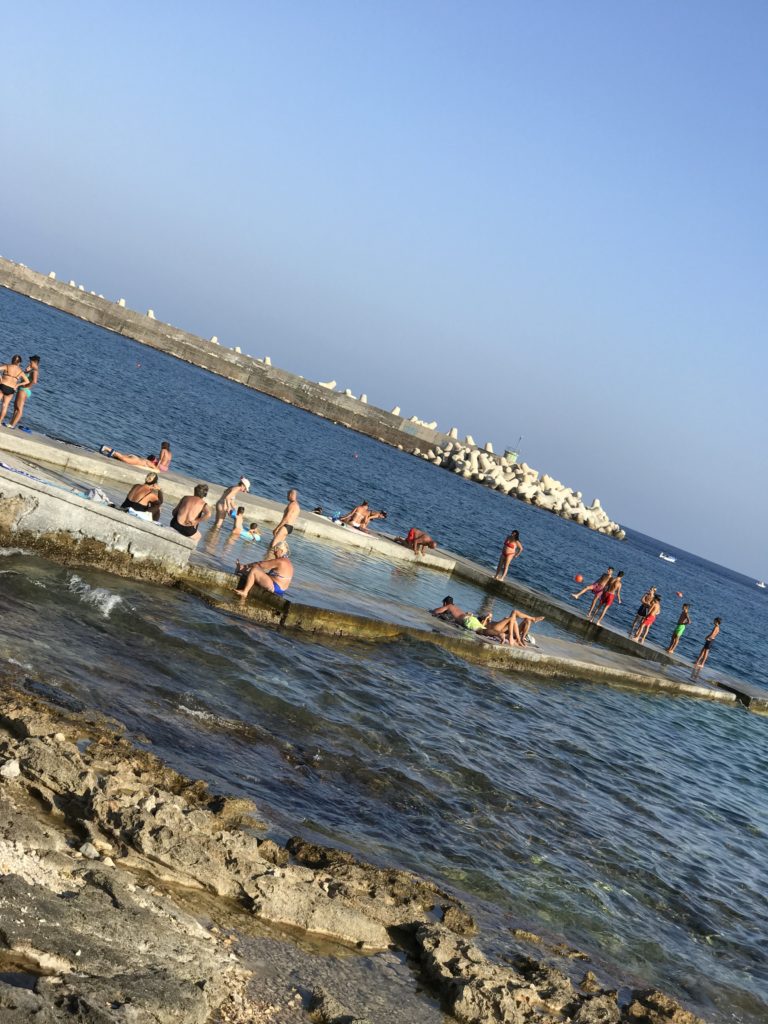
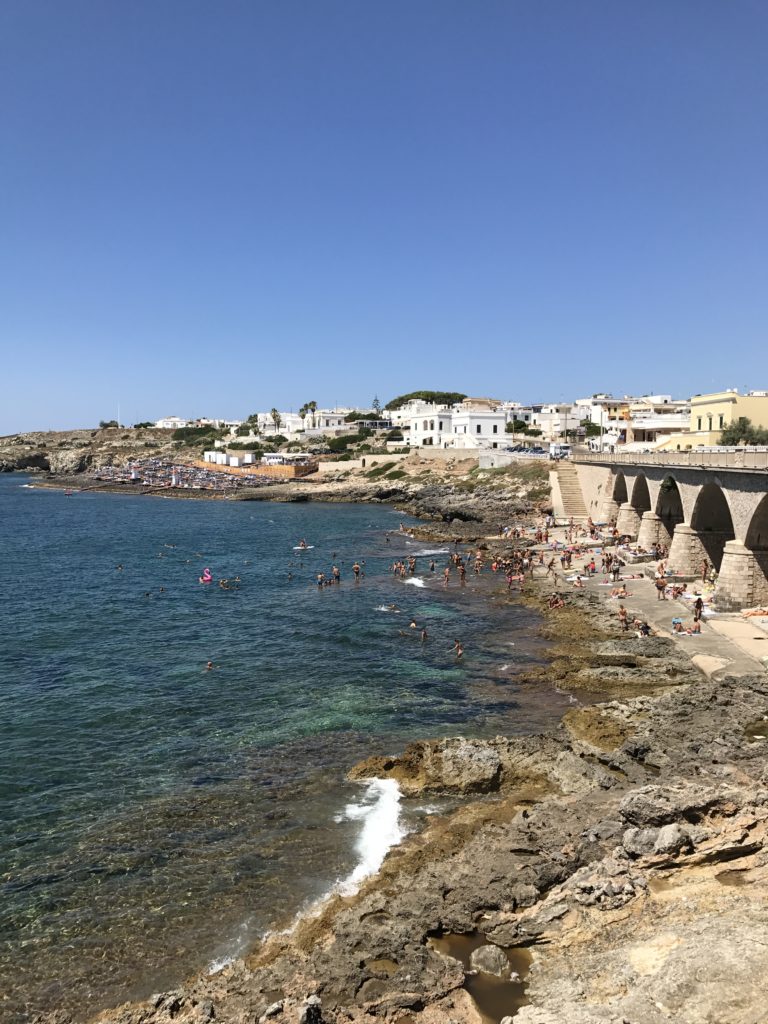
Precisely where the waters of the Adriatic mingle and merge with those of the Ionian shifts and changes - and not only with the currents.
Tradition places the border between the two seas about 45km north of Leuca at the faro di Punta Palascìa a remote 19th-century lighthouse marking the easternmost point of the Italian peninsula. The Italian weather service Meteomar place it in the vicinity of Castro. The International Hydrographic Organisation, whose job it is to survey and charter the world's seas, oceans and navigable waters, place it precisely at Leuca.
But looking out from the basilica santuario di Santa Maria de Finibus Terrae you are left in no doubt. The clash of currents, continuously churning both seas, makes it possible to see the shift in colours where the two meet.
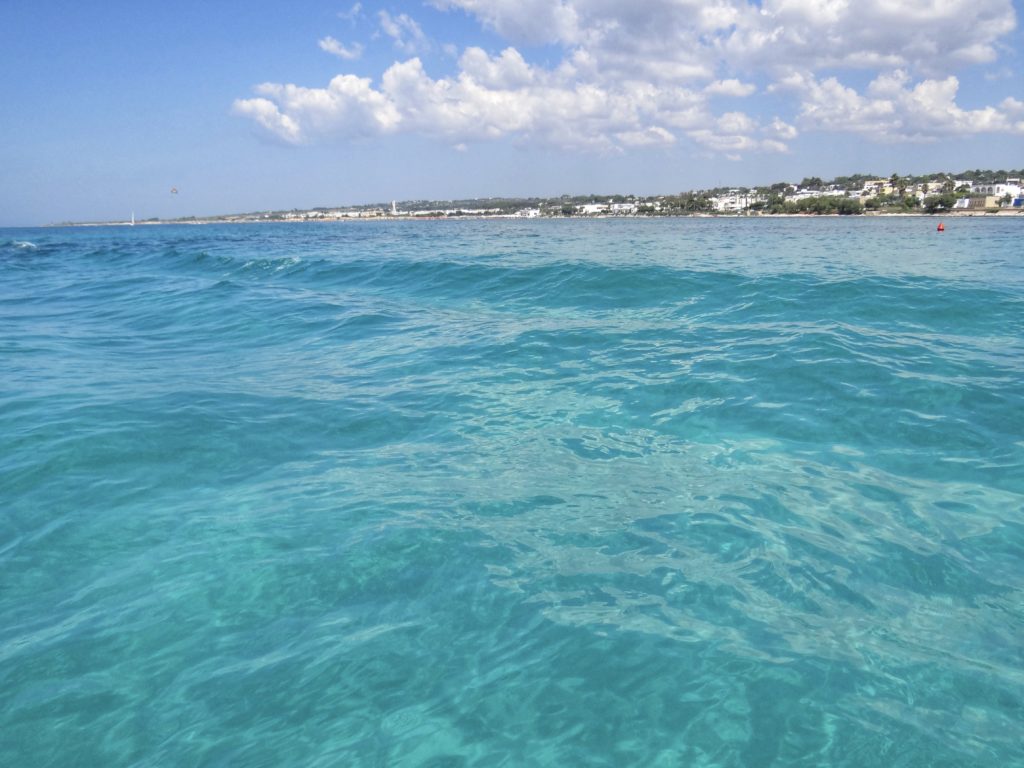
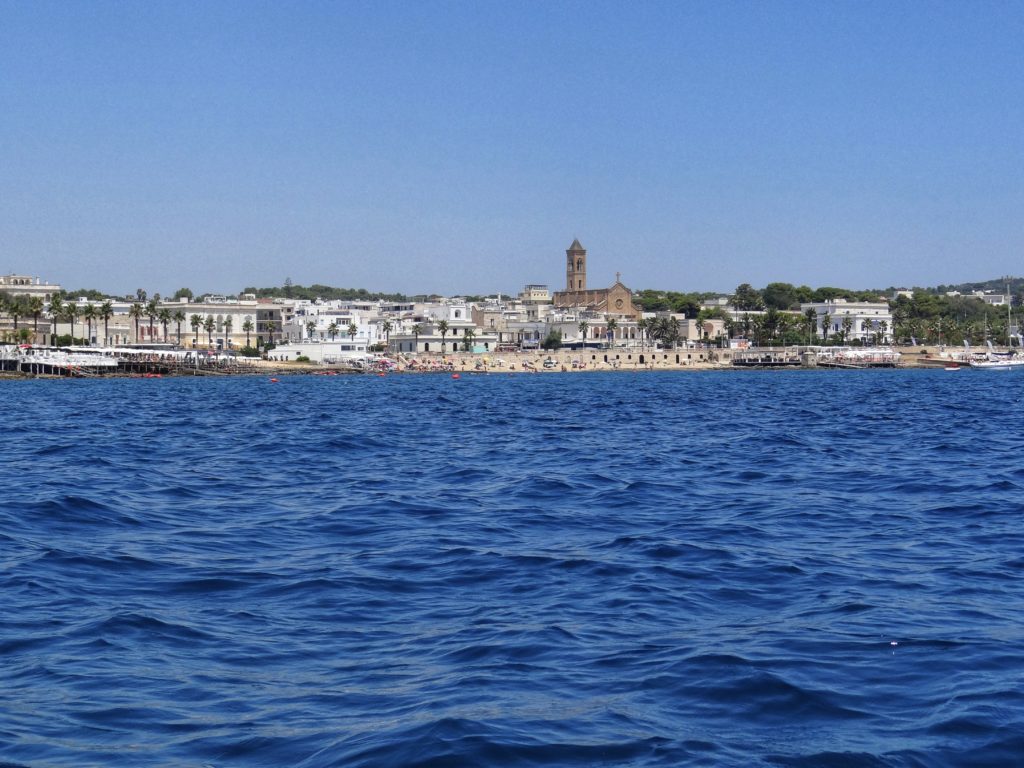
Leuca’s ancient origins can be traced back through a variety of classical writings. From Galateo "… in the Iapigio promontory there was a famous, sacred and venerable temple. Here there was a little city called Leuca", Strabone (63 B.C. -19 A.D.), who recalls a little city in which a temple dedicated to the goodness Minerva rose and to Virgil.
The land lies open to the raging east, Then, bending like a bow, with rocks compress’d, Shuts out the storms; the winds and waves complain and vent their malice on the cliffs in vain, The port lies hid within; on either side Two tow’ring rocks the narrow mouth divide. The temple, which aloft we viewed before to distance flies, and seems to shun the shore.
Virgil, The Aeneid third book (v. 533-536)
Driving down the Adriatic coast is the best way to approach Leuca passing through Santa Cesarea Terme where the land plunges into the sea as dramatically as at Polignano a Mare, Castro, Tricase Porto and Marina Serra before the Caletta del Ciolo, where stopping off to take in the view of the chasm that drops deep below is almost obligatory.
The lighthouse of Leuca, standing proud, announces your arrival before the port and the art nouveau villas that line the seafront open up to you. Along the lungomare sitting on the sharp rocks are the wooden platform lidos. Ciabatte - rubber soled shoes - are a necessity for taking to the crystal clear waters lapping over the jagged rocks peppered with sea urchins, whose spines present another hazard to the bare footed.
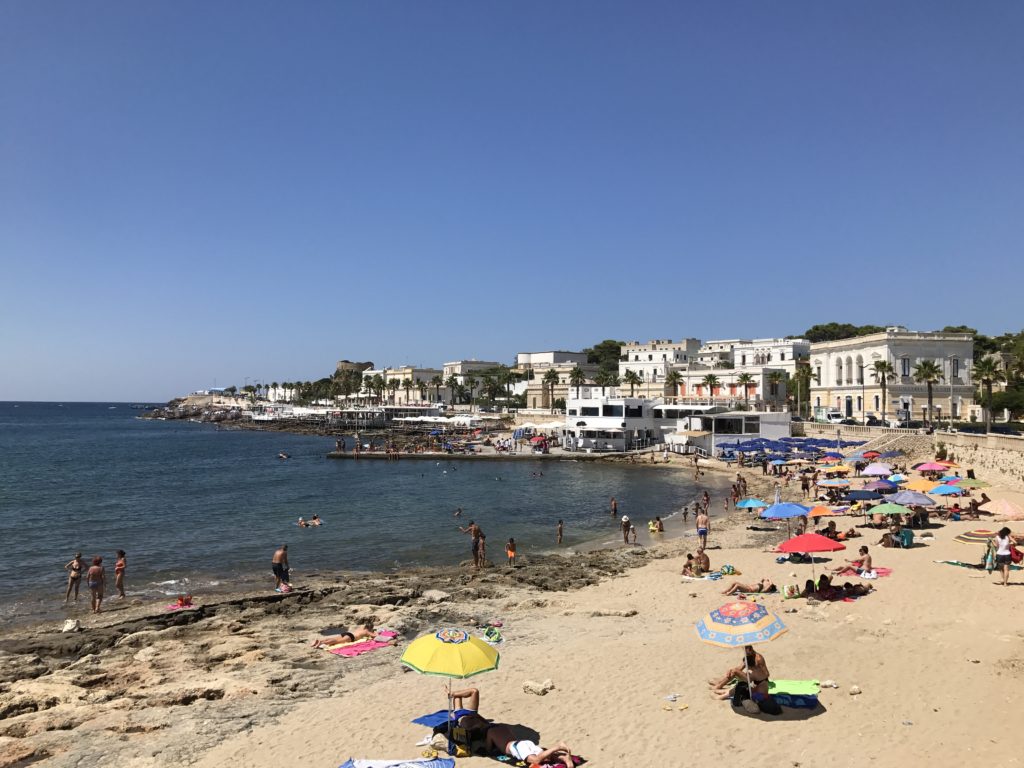
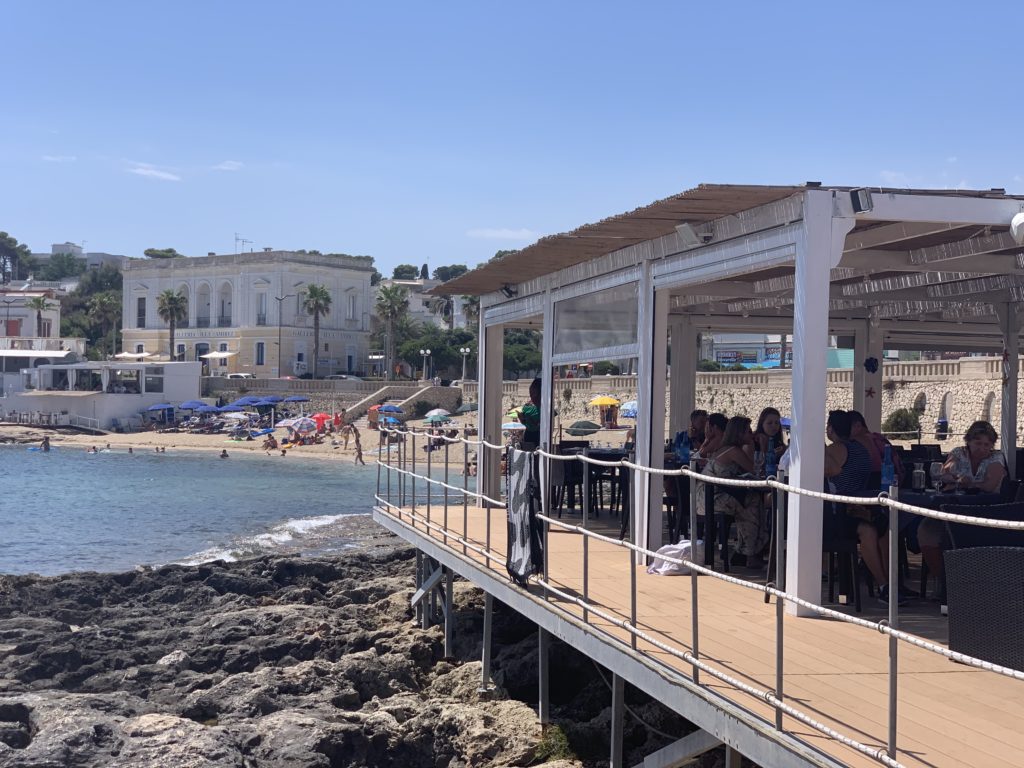
Along a coastline punctuated by rocky cliffs and grottoes, stretches of soft white sandy beaches can be found at nearby Felloniche, Posto Vecchio, Torre Vado and Pescoluse (consistently described as one of the best beaches in Puglia) with their lidos, bars and restaurants.
Book a boat excursion of Leuca’s Punta Ristola where you can visit archaeologically important caves. The neolithic Grotta del Diavolo and the Porcinara Grotto - a sacred site from ancient times where Greek and Latin epigraphic markings survive.

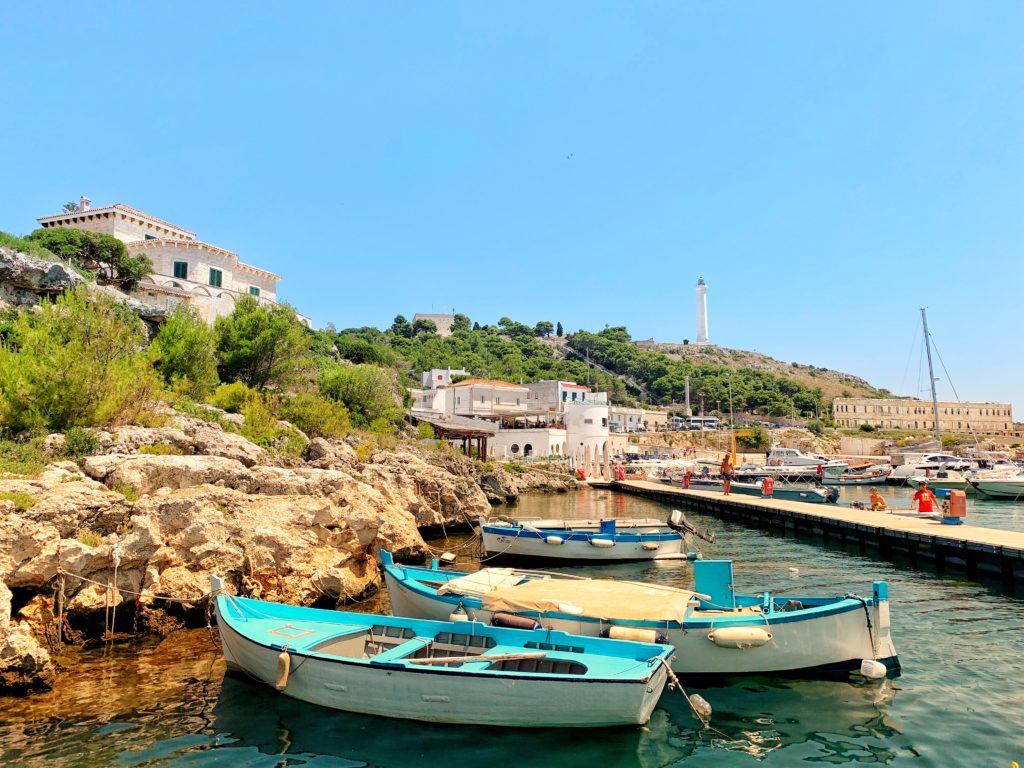
Back on land enjoy some freshly landed seafood as you watch the local youth snorkel for the urchin and polpo to be served at the next meal.
That’s the thing about Santa Maria di Leuca. It all comes back to the sea.
